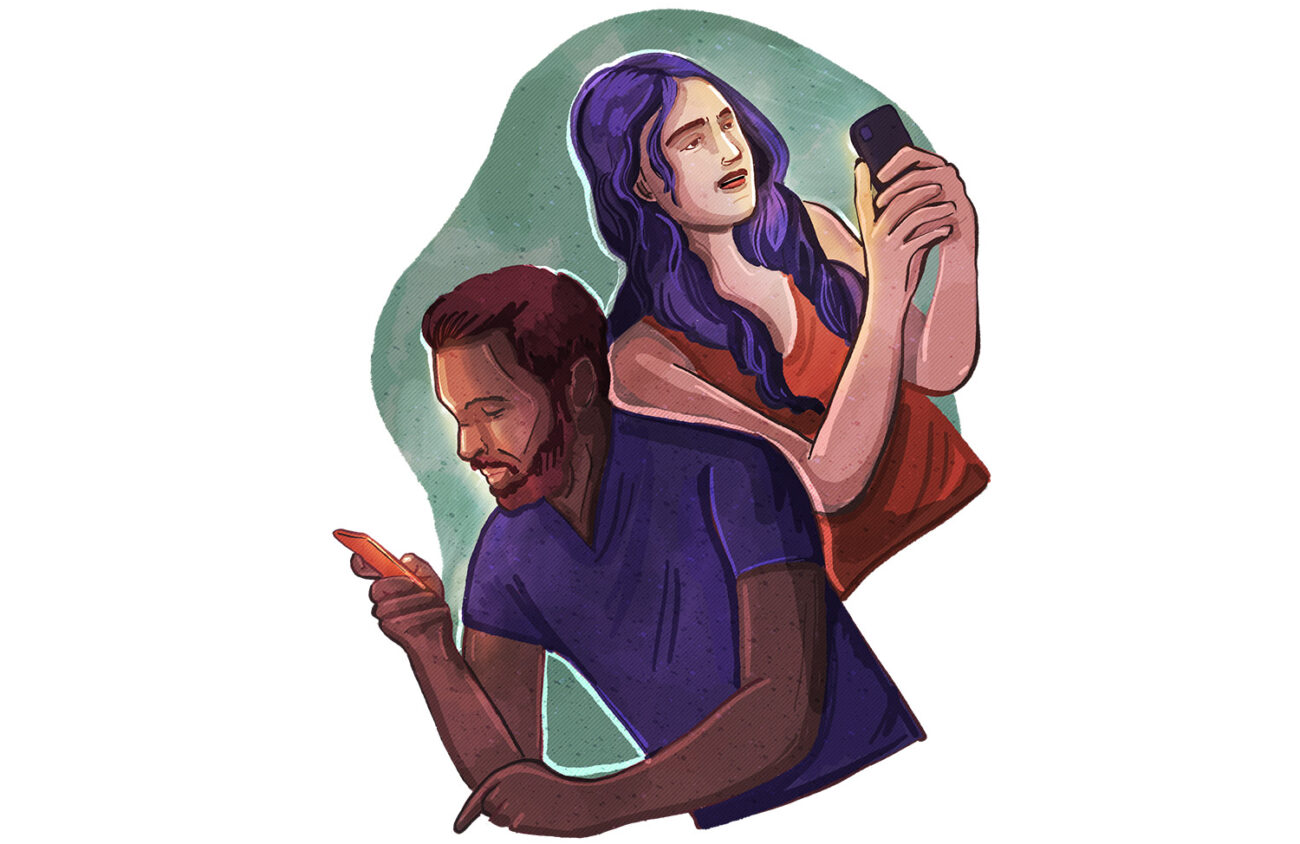Wait a sec, you must first be connected before you get disconnected. When was that the state of connection? We’ve come a long way, I’d say, from substantial social connectedness.
But let’s take a more contemporary look, starting, say, with Robert Putnam’s 2000 book, Bowling Alone: Collapse and Revival of American Community. He said we used to bowl in leagues, now we do it alone. The larger part, of course, is the great decline in all kinds of social groups: fraternal orders, clubs, associations, etc.
The biggest factor driving this social dis-integration is the rise of online “life.” Namely, the enormous arrival of e-consumption, including the smartphone as of 1994 and the explosion of “social” media around 2000.
The most prominent and disturbing result of the high-tech onslaught has been the public health crisis of the young: anxiety, loneliness, depression, rising suicide rates.
Just lately, further news of social withdrawal: fewer go out to movies or clubs, according to economic data. There’s a general move away from human contact, including the high number of youth who don’t answer their phones, preferring texts to the sound of a human voice. Instead of human contact, we are moving to “telehealth” or even, in Texas, to “treating” patients via holograms (New York Times, July 8).
There are some small signs of resistance to the juggernaut, such as reversion to vinyl records, “dumbphones” and film cameras. But sadly enough, historian David Andress was right in 2023: “We thought the internet could change society. Instead, it became society.”
John Zerzan is a local anarchist writer whose books include Elements of Refusal and Future Primitive. You can listen live to his “AnarchyRadio” at 7 pm Tuesdays on KWVA 88.1 FM or via audio streaming.
Help keep truly independent
local news alive!
As the year wraps up, we’re reminded — again — that independent local news doesn’t just magically appear. It exists because this community insists on having a watchdog, a megaphone and occasionally a thorn in someone’s side.
Over the past two years, you helped us regroup and get back to doing what we do best: reporting with heart, backbone, and zero corporate nonsense.
If you want to keep Eugene Weekly free and fearless… this is the moment.
